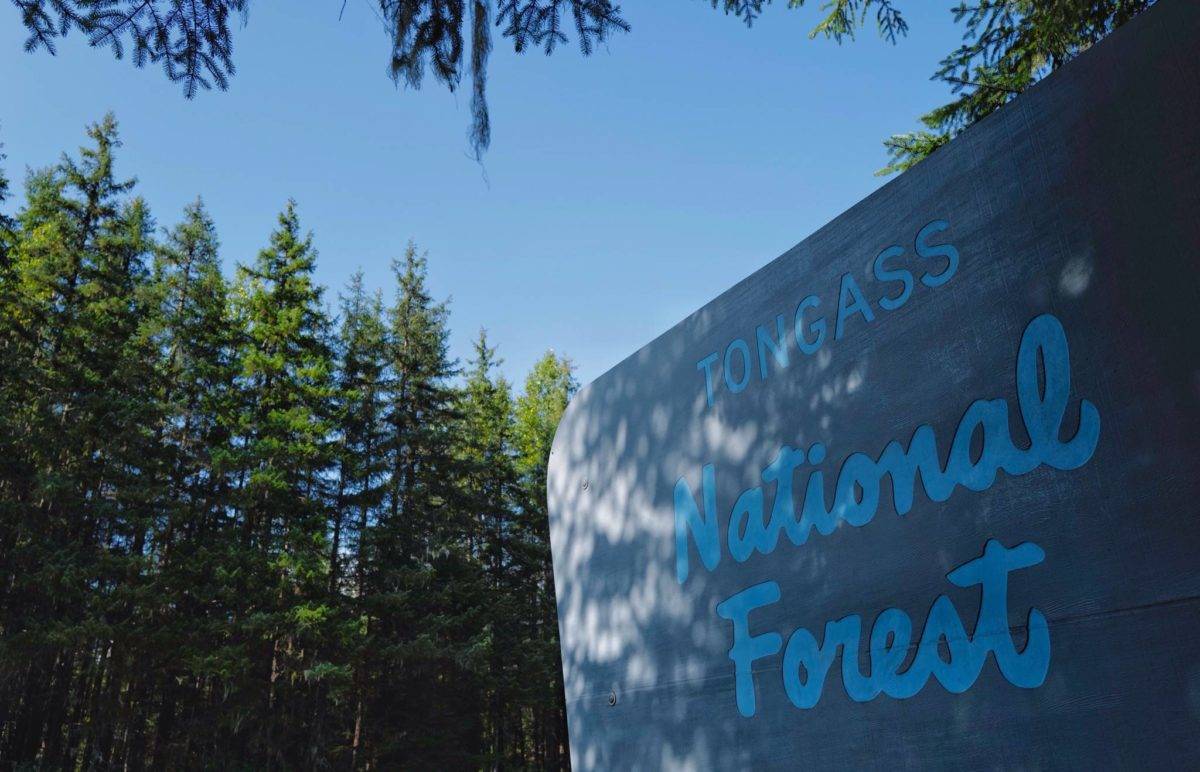Clear-cut logging of southeast Alaska’s Tongass National Forest will one day be a thing of the past.
It ruins our fish and wildlife, threatens subsistence resources and our way of life, destroys the region’s beautiful scenery, weakens our ability to cope with climate change and would not exist without massive taxpayer subsidy. The only questions remaining are how much of the Tongass we will allow the dying old-growth logging industry to mow down on its way out the door, and what we will be left with once it’s gone?
I am not against logging, but any industry must be able to stand on its own and not endanger future uses of the forest. Continued clear-cut logging of Tongass old-growth forest fails both measures.
The USDA Forest Service has proposed repealing the Roadless Rule on the Tongass, which would remove protections for more than 9 million acres and immediately provide 185,000 acres for industrial clear-cut logging. If the state of Alaska gets its way, even more old-growth forest would be sacrificed through successive forest plan amendments.
This proposal is the product of entrenched logging interests and extreme political influence. It throws out years of collaboration and hard compromise by diverse stakeholders that charted a path to safeguard important fish and wildlife areas while phasing out damaging old-growth logging. As Alaskans and the public at large have made clear at every opportunity, the overwhelming majority of Alaskans support protecting roadless areas in the Tongass.
The Tongass produces more salmon than all other national forests, combined, and is a popular destination for visitors from around the globe. Fishing and tourism, the two largest sources of private-sector employment and earnings in the region, account for 26% of all local jobs. While logging once played an important role in the economy of Southeast Alaska, it now accounts for just 0.7% of regional jobs.
Despite the Roadless Rule taking effect in 2001, the region’s population increased 7%, and personal income increased by 17% from 2000 to 2012. Southeast Alaska’s economy is buoyed by its healthy fish and wildlife habitat, productive salmon streams and scenic beauty. Managing the Tongass with these values at the forefront is the key to ensuring local communities and economies are strong and stable.
The past decades of industrial logging on the Tongass have targeted the rarest and most productive areas of the forest, already cutting a staggering 66% of the largest and best stands of old-growth forest. On Prince of Wales Island, where logging has been most intense, 94% of the contiguous large-tree old-growth forest has been cut. The Forest Service estimates it would cost $100 million to repair the roughly 65 salmon streams that have major impacts from logging. A third of all instances where logging roads cross streams — more than 1,000 culverts and bridges — block salmon migration. Enough is enough.
While the Roadless Rule helps protect the remaining old-growth forest and important fish and wildlife habitat, it is also flexible to accommodate other important projects. Every single other project proposed in roadless areas in Alaska — 58 in total — has been approved, most within a month. These include mining and hydropower projects, transmission lines, road and transportation infrastructure and forest health projects, among other things. A court order resolving one of the various lawsuits over the Roadless Rule in Alaska made clear the rule does not affect the Kake-Petersburg intertie and the Blue Lake hydropower expansion, along with a variety of other high-profile projects and the roads necessary to build them. Efforts to frame the Roadless Rule as affecting anything other than logging are baseless.
Roadless areas are some of the best and most valuable lands on the Tongass. Many of the most productive salmon streams are in roadless areas, as is increasingly rare winter deer range and prime bear habitat. Roadless areas offer the right combination of beautiful scenery, wild landscapes, fish and wildlife, and access that locals and the broader public demand — and they ought to be protected.
One day, clear-cut logging of Tongass old-growth forest will be a thing of the past. With any luck, that day will come before we cut down too much more of our treasured forest.
• Austin Williams is the Alaska Director of Law and Policy for Trout Unlimited-Alaska. Columns, My Turns and Letters to the Editor represent the view of the author, not the view of the Juneau Empire.

